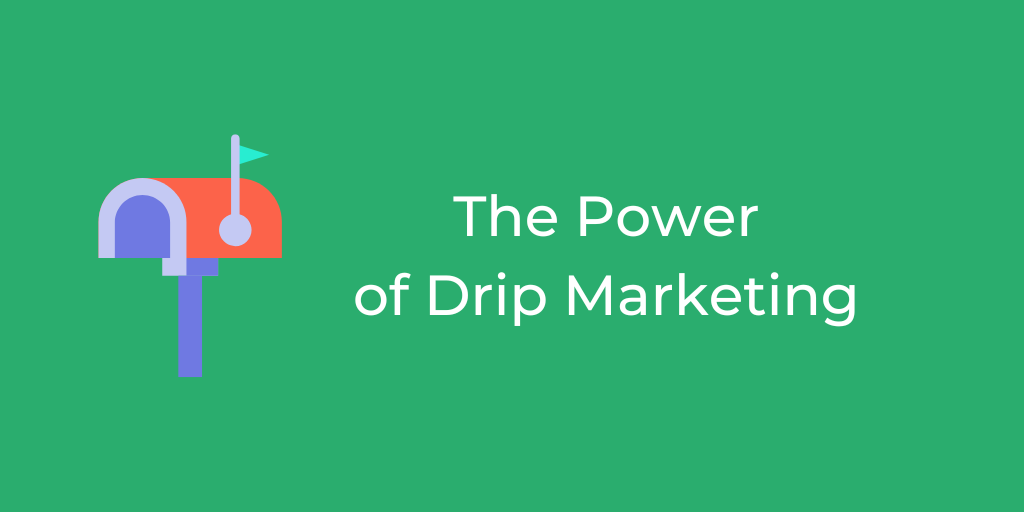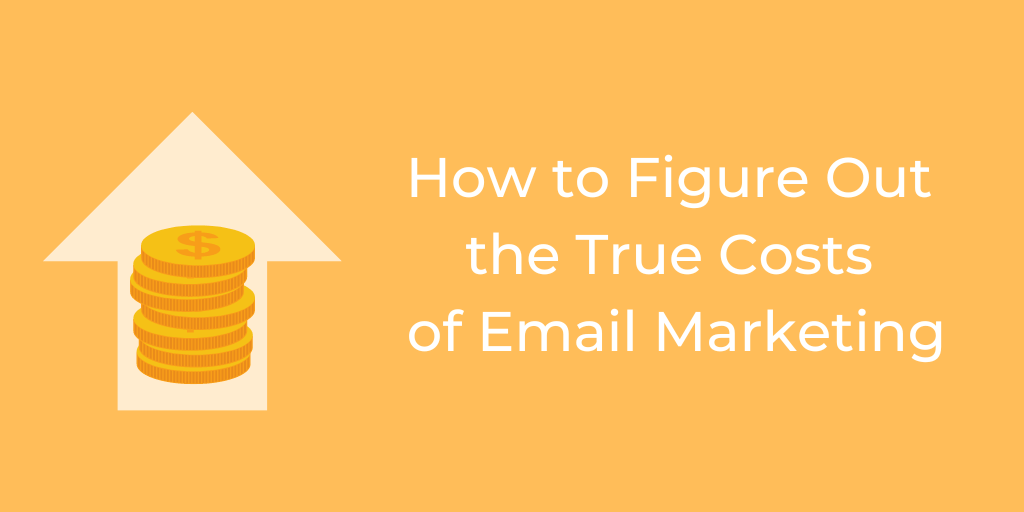The Power of Drip Marketing

Drip marketing is a marketing strategy that sends, or “drips,” a number of messages to customers (or potential customers) over a period of time. While those messages can take many forms, they often come in the form of email marketing.
More than anything else, drip marketing is all about delivering the correct information to the right person at the right time — and this is especially important if you want your marketing strategy to work.
The Importance of Drip Marketing
The Law of 29, a theory popular in marketing circles, states that potential customers need to hear your marketing message at least 29 times before they decide to purchase. This is because the more familiar a customer gets with your brand, the more they will trust it, significantly boosting the likelihood of conversions.
Drip marketers can use a variety of tools to ensure that kind of exposure, including text messages, direct mail, email, social media campaigns, or direct mailing—or a combination of all these.
Source: Investopedia
Drip campaigns have proven to be incredibly effective across industries. In fact, drip campaigns generate 80% higher sales at 33% lower costs than email blasts sent to everybody in your email list. Continuous, targeted communication keeps your brand in the consumer’s mind, increasing the likelihood of conversions.
Rather than bombarding consumers with an overwhelming amount of information at once, drip marketing allows for an easier, more digestible sharing of your brand’s narrative.

Source: Bloominari
Why Run Drip Campaigns?
Drip marketing offers several benefits.
One of the most significant is its potential to dramatically increase engagement and customer retention. If you’re still blasting out generic emails to your entire subscriber list, you’re missing out on a golden opportunity to engage — and ignoring the importance of engagement is one of the big mistakes in email marketing.
Drip campaigns also play a vital role in lead nurturing.
By consistently providing valuable content over time, you can guide your prospects from the awareness stage to the decision stage of the buyer’s journey. According to research from Forrester, companies that are excellent at lead nurturing generate 50% more sales-ready leads at 33% lower cost.
Drip campaigns provide a wide variety of other benefits to marketers, including:
- Drip campaigns have an open rate that’s 80% higher than single emails
- Lead nurturing emails get 4-10 times the response rate compared to standalone emails
- Nurtured leads experience a 23% shorter sales cycle
- Relevant emails sent through drip campaigns drive 18 times more revenue than generic emails
When Should You Use a Drip Campaign?
The timing of a drip campaign depends on your marketing goals and the customer’s position in the buying cycle. Here are some examples of when and how to use a drip email campaign to improve results:
Welcome Series
When somebody first subscribes to your mailing list, you have a golden opportunity. This is your chance to introduce your brand, tell new subscribers what they can expect from your emails, and try to learn more about their preferences.
If you fail to engage people with your welcome emails, getting their attention later on will be a lot harder.
Experts have found that welcome emails have four times the open rate and five times the click-through rate of a standard email marketing campaign.
Re-Engagement Drips
Over time, some subscribers may lose interest in your brand and what you have to offer.
Some of them will stop opening your emails, others will stop buying. Whatever the case, a re-engagement drip campaign can be just what you need to bring them back to you.
Re-engagement can take many forms. You can send those in your list personalized product recommendations or exclusive discounts. Or even just a “Hey, there!” and try to reconnect.

Example of re-engagement drip from GoPro. Source: pipedrive
Post-Purchase Drips
Once somebody makes a purchase, a post-purchase drip campaign can help maintain engagement.
You could send a series of emails thanking customers for their purchase, offering helpful tips related to the product or service they’ve bought, or eventually cross-selling related products or upgrades.
Research from Bain & Company shows that increasing retention by as little as 5% can potentially boost profits by as much as 95% — a clear indication of the importance of engaging customers after their first purchase.
How to Create a Successful Drip Campaign
Creating a successful drip campaign is a strategic process that involves understanding your audience, segmenting your email list, delivering personalized content, and continuously tracking your performance. Let’s take a closer look.
Understanding Your Audience
Knowledge is power, and this definitely holds true in drip marketing. Before you can segment your list and deliver personalized content, you’ll need to understand your buyers and outline their demographics, preferences, and pain points.
Segmenting Your Email List
Now that you have some basic information about your customers (or potential ones), you can start tailoring your messages to different segments of your audience. This is an often overlooked step but an essential one — Experts estimate that 39% of marketers who segmented their email lists experienced higher open rates and 24% saw an increase in sales leads.
You can segment by purchase history, location, age, or even behavior triggers like abandoning a shopping cart.

Source: TechTarget
Delivering Personalized Content
When it comes to drip campaigns, one-size-fits-all simply doesn’t cut it.
Each email should feel personal and relevant, directly targeted to your customer’s interests, needs, or behaviors. Personalization can make your audience feel understood and valued — which in turn increases customer loyalty and retention.
Netflix, for instance, uses user data to personalize email content, recommending shows and movies based on a user’s viewing history. You know those emails you get from Netflix that start with “We just added a movie that you’re likely to like“?
According to IO Digital, “Netflix keeps track of the completion level for each series or film you watch, and they do that for every user coupled with your account. When you’ve watched 70% of a movie or series, they know that you are interested in that content (if you’ve only watched 20%, you probably weren’t).”
And that’s how well-done personalized content improves an email drip campaign.
Tracking and Adjusting
Even the best marketing strategy should be evaluated over time.
Key metrics like open rate, click-through rate (CTR), and conversion rate can help you track the effectiveness of your drip campaign. For example, a low open rate shows that your email subject lines are not interesting and catchy enough for somebody to keep reading — so this is the first thing you need to address moving forward.
Digital analytics tools, like Google Analytics, can help track users’ behavior, demographics, and interaction with your campaign. With this information, you can fine-tune your emails so they’re stronger and more engaging.
Automating and Future-Proofing Your Drip Marketing
Automation has become a critical component of successful drip marketing.
Email automation is the most popular form of marketing automation, with 64% of businesses using it.
Source: Neil Patel
With automation, you can reduce the margin for error and free up time to focus on other areas of your business. Platforms like MailChimp allow you to schedule a sequence of emails based on predefined triggers, ensuring your subscribers receive the right message at the right time.
You can also use tools like EmailListVerify to clean up your list, improve email deliverability, increase your sender reputation, and decrease bounce rate.
As we look towards the future, emerging trends like AI and big data are set to revolutionize drip marketing even more. Even though AI just hit the market recently, Forbes points out it can already be used to improve email marketing campaigns in many ways, including:
- Analyzing subscriber/website visitor data to make predictions about their future purchasing behavior
- Automating email campaigns based on specific triggers
- Optimizing subject lines
- Analyzing your emails to avoid spam filtering
Conclusion
When used correctly, drip marketing can be a powerful tool in your marketing arsenal.
By understanding your audience better and personalizing your content, you can leverage drip marketing to build stronger relationships, increase engagement, and ultimately drive sales.


